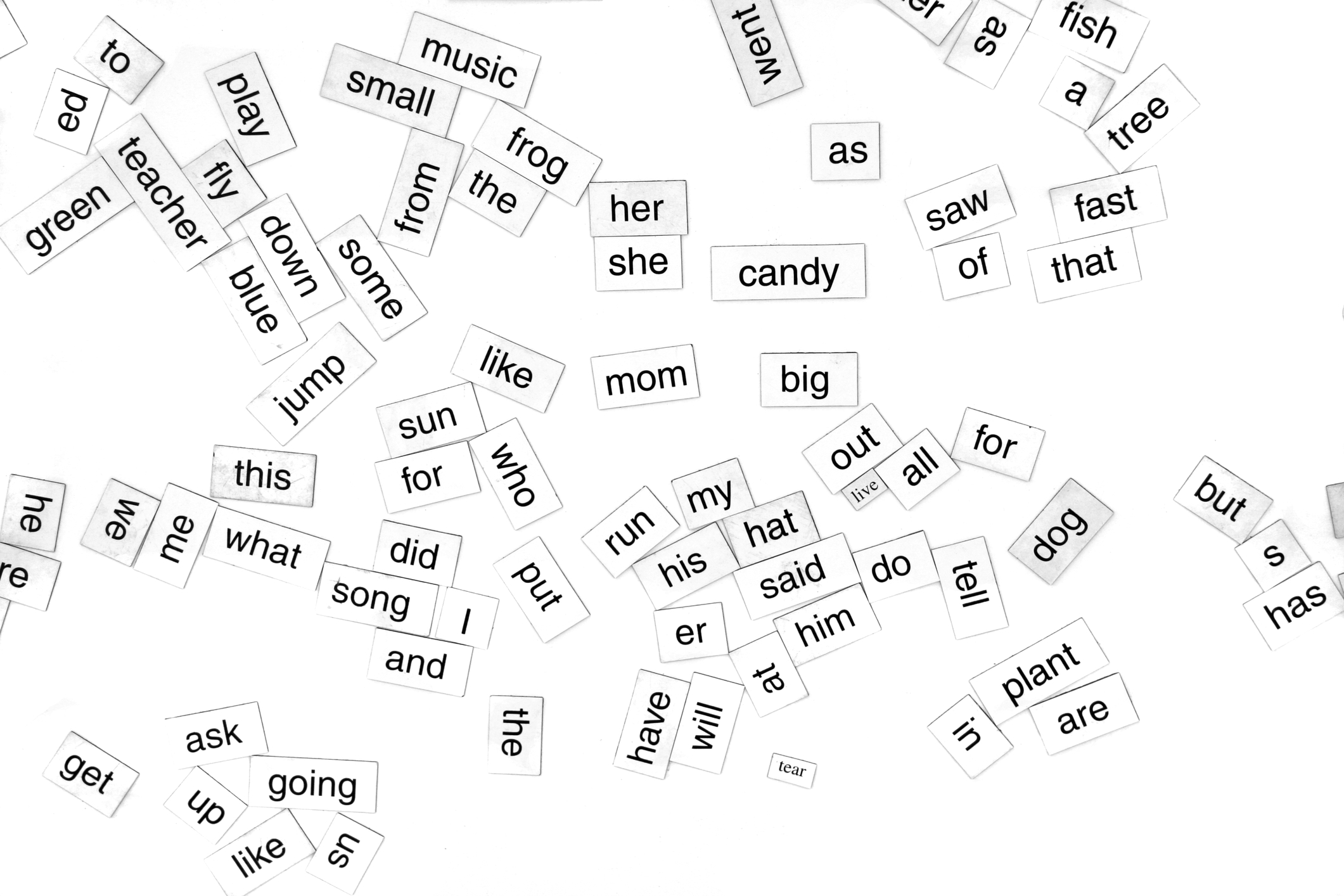All auctions are fast-paced, where auctioneers chant bids to the highest bidders. The auctioneer chants with an auctioneer's voice that is rhythmic and smooth. But what are those filler words they use to stay in rhythm?
Auctioneers use filler words to keep the auction going and make sure they quickly move the auction along. Filler words such as "now," "bid," and "dollar" are common, but there are other filler words that auctioneers use from time to time.
This article will discuss how you can learn about auctions by understanding some common filler words used in these auctions. Keep reading to learn about auctioneering and how auctioneers learn to chant!

What Is the Auctioneer Saying?
Auctioneers' filler words may sound like gibberish to those who do not know what it means; however, auctioneers learn the art of auctioning quickly and intuitively.
An auctioneer may chant auctioneering filler words in a consistent rhythm to help auctioneers quickly communicate with others in the auction ring.
The auction chant is another aspect of auctioneering that can be learned. The auctioneer chants to help buyers understand the item being auctioned. It allows them time to decide whether they would like to bid on an item.
Auctioneers have been known to use their own personal style for auctioneering. Each auctioneer has their own unique way of speaking during an auction.
Usually, auctioneers who are beginning will start with the basic chant of
"One dollar bid, now two, now two, will ya give me two? Two dollar bid, now three, now three, will ya give me three?" Source: wikipedia.org
This is standard among auctioneers, but the pace and speed of an auction can change depending on the type of auction. For example, the following table shows the various tempos of different kinds of auctions:
| Type of Auction | Pacing and Speed of Auctioneer’s Chant |
|---|---|
| Industrial | Medium to fast |
| Fine Art | Fast |
| Cattle | Fast |
| Public | Medium to slow |
| Automotive | Fast |
| Real estate | Fast |
As you can see, industrial auctions end up being very fast. Public auctions tend to be a bit slower-paced, and the auctioneer talks slower because they communicate with potential buyers who do not listen to auctioneers often.
However, auctioneers also provide auction callers for faster auctions or livestock sales. Auction calling can be done by any individual on the auctioneer's team who understands the item being sold and the tempo needed to get the highest bid possible.

What Are the Auctioneers Filler Words?
An auctioneer's chant is peppered with words that help to keep the auction moving along. These filler words are also known as auctioneer terms. The filler words help an auctioneer keep rhythm and entice buyers to bid.
Some of the more common auctioneer terms include:
- Going, going, gone: This term is used to let bidders know when an item is about to be sold.
- Y'able to bid: This term is used to let bidders know that they can bid on an item. It is a fast filler phrase for "you are able to bid."
Auctioneers use a variety of terms to fill the space between bids. This auction chant is designed to move auctiongoers along.
The following is a list of common filler words used by an auctioneer:
- And
- Bid
- Dollar
- Dollar bid
- Down
- Give
- Go
- Here
- Now
- Say
This is a shortlist of the most common filler words for auctioneers. Sometimes you will hear different filler words to varying types of auctions.
Why Do Auctioneers Say Going Once Going Twice?
Auctioneers say "going once, going twice" to provide a final opportunity to get a higher bid. When auctioneers say this phrase, it means that the auction is about to end and that bidders will have one more chance to increase their offer.
If no one bids higher than the current high bidder, then the highest bidder becomes the auction winner.
The auction chant "going once, going twice" is common among auctioneers and means that there will be no more bids or chances for higher bids on an auction item.
This gives everyone one final chance to bid on any particular item. And it also provides the auctioneer with an opportunity to gauge whether there is any more interest in the auction.
Going once, going twice is a standard among many auctioneers. It is a conditioned response auctioneers use to give everyone one last chance at the item.
Why Do Auctioneers Talk Like That?
Auctioneers talk like that because auctioneering requires a fast pace to make the most money in the shortest amount of time. Auctioneer chant helps break up the auction process by allowing bidders to place their bids between other actions taken during an auction.
The auctioneer's job is not simply to ask if someone will buy something; it is also their job to keep the auction going. Therefore, they use filler words to keep things moving along and to ensure that everyone has a chance to bid on an item.
While nobody knows exactly where auctioneer chant comes from, it is distinctly North American. One theory is it comes from mid-19th century tobacco auctioneers who sold their goods in Virginia, and the chant spread from there. The style is still highly associated with the southern United States , and not all auctions use it. If you were to go to an art auction, you're very unlikely to hear auctioneer chant. Those bid callers use a quieter, slower European style of selling items.
Auctioneer chant is, above all, efficient. Some auctioneers can sell over 100 items an hour, and it's all thanks to this auctioning style that is always moving and constantly updating everyone in the room with the most current information. While electronic methods like eBay can outstrip human ability, the most prolific auctioneers are able to pull off impressive feats of mass sales.
Source: babbel.com
As you watch your next auction, take note of the auctioneer's chant and understand what is happening between each action. It may seem like gibberish at first, but the auctioneer chant is surprisingly logical and easy to follow once you get the hang of it.
As auctioneers make their way around the room, they call out bids in a steady stream called auctioneer chant. This rhythmic chant helps bids stay in tune with what is on sale and keeps everyone in the room on the same page.
How Do Auctioneers Learn the Chant?
Auctioneers learn to chant by practicing their rhythm. They also listen to recordings of auction chants to help them learn the rhythm. Some auctioneers take on apprenticeships to learn from one another. While still others will simply practice alone.
Here are some ways new auctioneers learn to pick up the craft:
- Going to school or for certification and licensure
- Practicing alone
- Training for hours
- Watching informal training videos
When attending auction school, auctioneers can learn any of the following during their training and licensure period:
- Different types of auctions and how they work
- How to call an auction
- How to keep order in the room
- The auction chant
- The types of items that are typically auctioned
An auctioneer's rhythm and speed are fundamental when performing the auction chant. It needs to be clear enough to be heard by all participants and in varying room sizes. Even those outside of the room should get a sense of bids being made and should be drawn into the action.
Learning this auctioneering style is very difficult and requires a lot of time and effort. The auction chant is one of the most essential aspects of an auctioneer's performance.
The auction chant helps create a rhythm for the event and keeps things moving. It also helps to ensure that all bids are being made clear and understood by everyone in attendance.
Professionals learn these points and put them into practice to be a successful auctioneers. When auctioneering at a livestock auction, the auction chant is one of the most critical aspects that need to be mastered.
Livestock auctioneers are very unique in this regard. The auction chant can make or break an auctioneer's career and success with running a successful sale.
Those who have ever been to a livestock auction will know what to expect, so breaking into the auctioneering field can be difficult for new auctioneers.
Do Auctioneers Need to Be Certified?
In many states, an auctioneer needs to be certified to hold a job as a professional auctioneer. This is true in 27 out of 50 states. Certification and licensure are important because they set the standard for an auctioneer's conduct when conducting a sale.
To be certified, auctioneers must do the following:
- Complete an apprenticeship. In states where no formal training is required, an internship is highly recommended.
- Pass a certification exam. Auction schools offer different levels of instruction, so finding the right one is essential. But some states simply require you to pass an exam to become a licensed auctioneer.
- Undergo training. In about half of the 27 states requiring auctioneers licensing, they need to have at least 80 hours of training under their belt.
Once auctioneers have completed the requirements, they need to renew their license every two years.
Auctioneers auction goods at public events such as livestock auctions and estate sales. To be an auctioneer, you must learn the chant that allows for a quick sale of items and competition between buyers.
Often the certification comes from written questions about ethics and other legal obligations an auctioneer faces during a sale. Rarely do exams, licensures, or certifications include a live auction setting for you to demonstrate your auctioneering skills.
Where Can Auctioneers Become Certified?
Auctioneers can be certified through the National Auctioneers Association (NAA) or their respective state auctioneer associations. The auction chant is an integral part of the profession and must be learned to ensure a successful sale. Classes at the National Auctioneers Association can help you achieve that goal.
The National Auctioneers Association offers a variety of resources for auctioneers, including the following:
- Articles
- Classes
- Conferences
- Designations
- Microlearning
- Online courses
- Summits
- Webinars
You will find that the National Auctioneers Association has all the resources one may need to become an auctioneer. And, if you do not find what you are looking for on the website, do not hesitate to reach out. The auction chant is just one of the many things that auctioneers must know to succeed in their field. And the National Auctioneers Association is there to help!

Do Auctioneers Specialize In Art Auctions?
Some auctioneers do specialize in art auctions and fine collectible auctions. They have the expertise to recognize the value of items and how those items can be auctioned for a maximum price.
While a degree is not required to be a fine-art auctioneer, many art auctioneers have a background in art history or related experience in art markets. This gives them the basic knowledge to understand the value of the artwork being sold.
Some auctioneers go on to take specialty courses in art auctioneering. But overall, you need a working knowledge of the following to be an art auctioneer:
- Artists
- Communications
- Cultures
- Ethics
- History
- Law
But a degree is not required for this work, and less than 50 percent of auctioneers hold college degrees. The auctioneer's job is to get as much money as possible for the seller by bringing in buyers and enticing them to continue bidding with their fast-paced, high-energy chant.
Some auctioneers will have more skills when they are in the art world. For example, to broaden an auctioneer's portfolio, they may become well versed in art appraisal. This way, they too can judge the art pieces they are selling to a crowd of bidders.